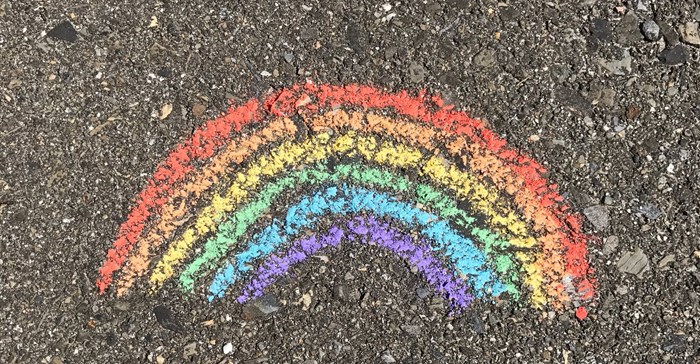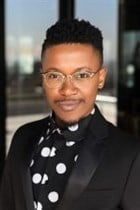
Top stories





EducationHow gender-inclusion in higher education can transform Africa’s future
Meekness Lunga-Ayidu 2 days

LegalNigeria to implement new tax laws from January 1 despite calls for delay, Tinubu says
Camillus Eboh 31 Dec 2025
More news



In South Africa, October is when the LGTBQIA+ community celebrates Pride Month as the first South African pride parade was held in Johannesburg on 13 October 1990. The rest of the world celebrates Pride Month in June to commemorate the Stonewall riots, which occurred at the end of June 1969.
During this time, international and local brands pledge their allegiance and support to the LGBTQIA+ community. They start tailoring their marketing communications campaigns to specifically attract this community and push business sales objectives.
Known as pink capitalism, it’s a concept many queer scholars have written about. In a nutshell, pink capitalism is predicated on a set of assumptions that queer people fall outside the socially-accepted heteronormative ideology of a procreating heteropatriarchal nuclear family.
According to John D'Emilio, they are assumed to have more disposable income and buying power. And, within this context, queer bodies tend to be portrayed within the extremities of femininity and hyper-masculinity; a perspective that reifies and reinforces the existence of queer bodies through the prism of the heteronormative male-female cis-gender binary.
These representations, intentionally or unintentionally, fuel what Mikki (Marié Elizabeth) van Zyl refers to as homoprejudice.
The above really sets the tone and purpose of this article – which is to challenge the dominant ways brands think about queerness and how it is portrayed, if at all, in our planned brand communications strategies and brand messaging.
This is important because many of our locally-supported brands enjoy the support of queer people without doing much to gain that support. Many studies conducted in the US, UK and Germany show the immense contribution queer people make towards the global economy – which sits just above $700bn annually.
Yet, little-to-no full representation of the community can be spotted and related to in an authentic manner in advertising – especially in South Africa.
This, perhaps, alludes to a broader conversation that needs to be had around how marketing is done for the queer communities. And why it seems that they are deliberately alienated from product development, design and marketing.
Not only during Pride Month but throughout the year.
The above is probably where it needs to begin and the ideal solution given the fact that we are one of the most progressive countries in the world when it comes to recognising gay rights and the leading African country in so far as championing this cause.
A starting point – and where we honestly need to do a deep dive – is by looking at the many brands are loved by this queer community and asking how they can be included and fairly represented.
Quite frankly, Pride Month – in my humble opinion – is more than just about buying expensive flamboyant garments and parading on the streets of Sandton. It is also a time that should be about raising consciousness, legitimating the existence of queer people and driving change.
From where I sit, brands and marketing should play a bigger role in contributing to this narrative. And bring deep, meaningful engagement on this matter with the communities that support their beloved brands during this time.
